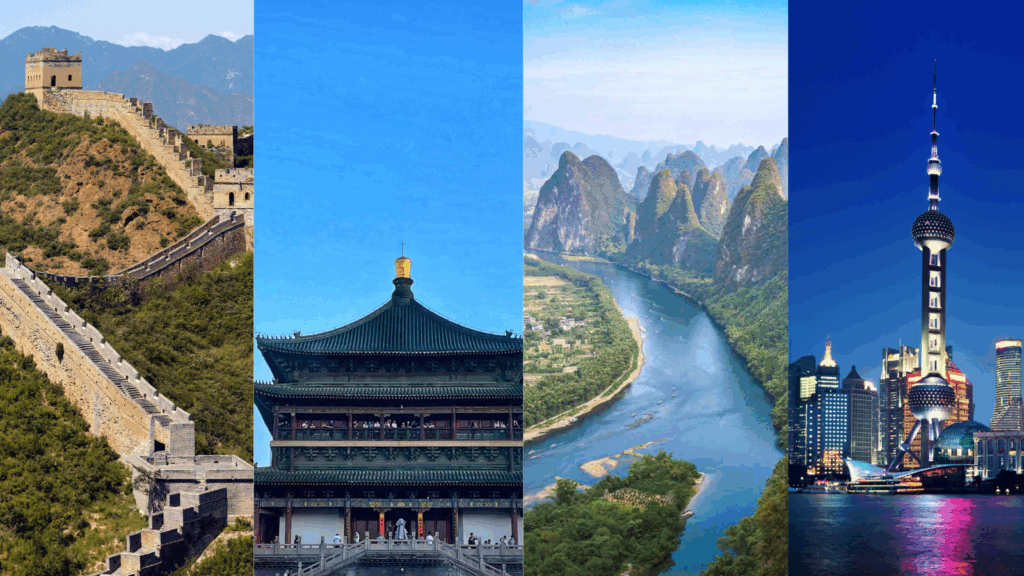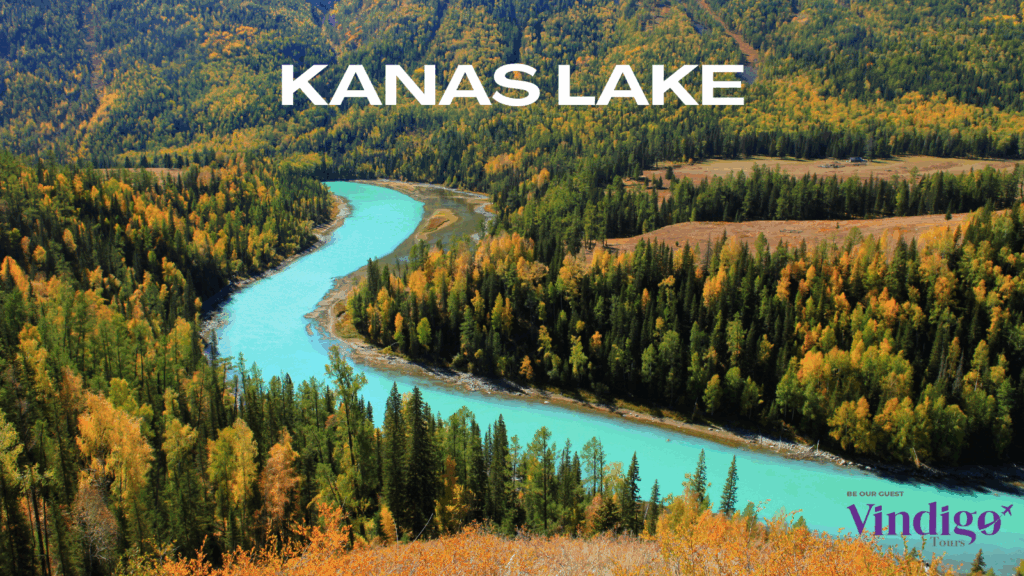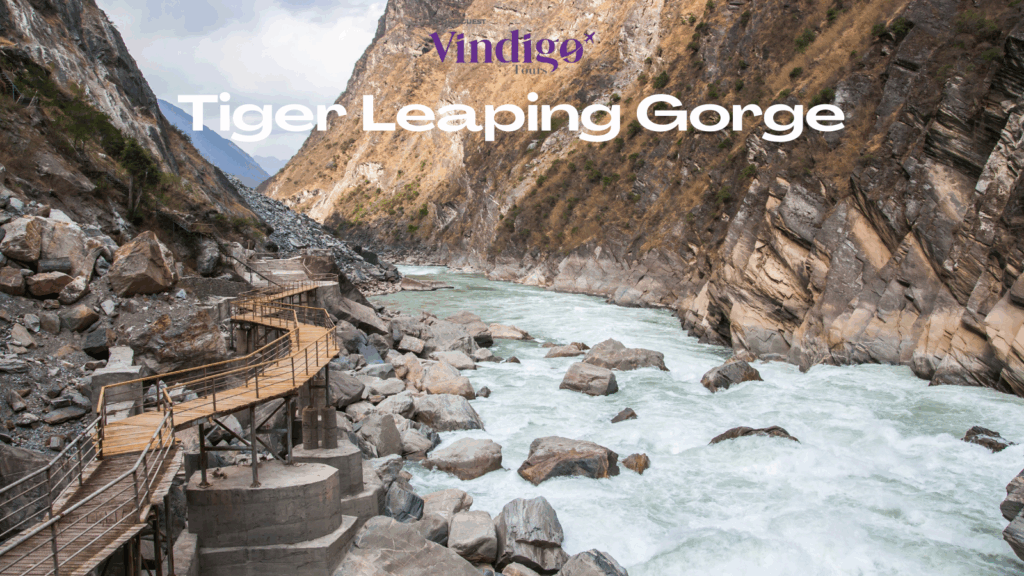
30 Days in China: The Ultimate Visa Itinerary for First-Timers
A 30-day tourist visa offers the perfect window to experience China’s highlights—from ancient wonders to futuristic megacities. This optimized itinerary balances must-see landmarks with offbeat gems, ensuring you make the most of your visa without rushing.

Beijing & the Great Wall
Start in Beijing, where history meets modernity. Spend 4 days exploring the Forbidden City, Temple of Heaven, and Summer Palace. Dedicate a full day to the Great Wall—skip crowded Badaling and hike Mutianyu (restored) or Jiankou (wild). End with a Peking duck feast and a stroll through Hutongs.
Xi’an & Chengdu
Fly to Xi’an (2 hours) for the Terracotta Warriors and Muslim Quarter’s street food. Take an overnight train to Chengdu for pandas at the Research Base and fiery Sichuan hotpot. Add a day trip to Leshan’s Giant Buddha or Qingcheng Mountain.
Yangshuo & Guilin
Fly to Guilin and head to Yangshuo for surreal karst landscapes. Bike through rice paddies, cruise the Li River, or try rock climbing. Stay in a riverside guesthouse and catch the Impression Sanjie Liu light show.
Shanghai & Side Trips
Stroll along the Bund, where 1920s European architecture stands in stark contrast to the neon-lit skyscrapers of Pudong across the Huangpu River. Use extra days for Hangzhou’s West Lake or Suzhou’s canals.

China’s Secret “Avatar” Mountains: Beyond Zhangjiajie
When travelers think of China’s otherworldly landscapes, Zhangjiajie National Forest Park often comes to mind—the towering quartz-sandstone pillars that inspired Avatar’s floating Hallelujah Mountains. But hidden deeper in Hunan and neighboring provinces lie even more surreal peaks, untouched by mass tourism. If you want to experience the magic of the “Avatar” mountains without the crowds, here’s where to go.
The Lesser-Known Wulingyuan Gems
While Zhangjiajie gets all the attention, the wider Wulingyuan Scenic Area has equally stunning formations with fewer visitors. Tianzi Mountain offers mist-covered pillars that resemble an ancient stone forest, while Yangjiajie features rugged cliffs and deep valleys perfect for adventurous hikers.
The “Sea of Clouds” at Mengdong River
Near Zhangjiajie, Mengdong River is a secluded paradise where jagged peaks rise above a winding river. Take a boat ride through its narrow gorges, and you’ll feel like you’ve stepped into a Journey to the West fantasy. The best time to visit? Sunrise, when the fog wraps around the mountains like a mystical veil.
Guizhou’s Hidden Karst Masterpiece: Libo’s Xiaoqikong
Often called “Mini Zhangjiajie,” Xiaoqikong (小七孔) in Guizhou boasts turquoise waterfalls, emerald pools, and vine-draped karst towers. The Seven Arches Ancient Bridge adds a fairy-tale charm, making it a photographer’s dream.
Why Skip the Crowds?
Zhangjiajie’s popularity means packed walkways and long waits. By exploring these secret alternatives, you’ll witness the same breathtaking scenery—without the selfie sticks. Whether it’s the dreamy “Avatar” pillars of Tianmen Mountain’s backcountry or the untouched valleys of Langshan in Hunan, China’s hidden karst wonders are waiting.

Kanas Lake: China’s Most Mysterious Alpine Wonderland
Nestled deep in the Altai Mountains of Xinjiang, Kanas Lake is one of China’s most breathtaking—and enigmatic—natural wonders. Often called the “Oriental Switzerland,” this alpine lake dazzles visitors with its turquoise waters, dense Siberian forests, and snow-capped peaks. But beyond its postcard-perfect beauty, Kanas is shrouded in legends, from mythical lake monsters to ancient nomadic secrets.
A Landscape Like No Other
Kanas Lake was carved by glaciers over 200,000 years ago, creating a 24-kilometer-long crescent-shaped marvel. The water’s surreal color shifts with the seasons—emerald green in summer, deep blue in autumn, and icy white in winter. Nestled amidst untouched birch and pine forests, the area teems with rare wildlife, including elusive snow leopards, majestic red deer, and soaring golden eagles.
The Legend of the Kanas Lake Monster
Locals speak of a giant creature lurking in the depths—China’s own version of the Loch Ness Monster. For centuries, Kazakh and Tuvan herders have reported sightings of a dragon-like beast that drags horses and cattle underwater. Some researchers believe it may be a giant taimen—yet the truth remains shrouded in mystery.
Nomadic Culture & Hidden Villages
The area is home to the Tuva people, one of China’s smallest ethnic groups, whose wooden log cabins dot the shores. Visitors can stay in a yurt camp, taste fermented mare’s milk (kumis), and listen to throat-singing folk music under starry skies.
Best Time to Visit
June-August for lush greenery and boat tours.
Best Time to Visit: September-October for Golden Autumn Foliage (The Most Enchanting Season).
Winter (December-February) for frozen lakescapes and solitude.
How to Get There
Reaching Kanas requires a flight to Urumqi, then a scenic drive (or helicopter ride) through the Altai Mountains. The journey may be long, but the destination rewards you with an untouched paradise—a hidden gem unlike any other in China.

Tiger Leaping Gorge: Hiking One of the World’s Deepest Canyons
Nestled in the rugged mountains of Yunnan Province, Tiger Leaping Gorge is one of Asia’s most breathtaking hiking destinations. Carved over millennia by the raging Jinsha River—the wild upper stretch of the Yangtze—this colossal canyon plummets a heart-stopping 3,900 meters (12,800 feet) from snow-dusted peaks to churning rapids, ranking among Earth’s most vertigo-inducing gorges.
Why Hike Tiger Leaping Gorge?
The two-day trek along the high trail offers jaw-dropping views of snow-capped peaks, roaring rapids, and sheer cliffs. Unlike crowded tourist spots, the gorge remains relatively wild, with guesthouses run by local Naxi families offering warm hospitality. The trail is divided into three sections:
Upper Trail – The classic hike with dizzying drops and panoramic vistas.
Middle Trail – A more challenging path leading to the iconic “Tiger Leaping Stone”, where legend says a tiger once leaped across the raging river.
Lower Trail – A less-traveled route with waterfalls and hidden caves.
What Makes It Unique?
Thrilling Pathways: Narrow cliffside trails and “28 Bends”, a steep switchback section that rewards hikers with unforgettable views.
Cultural Encounters: Meet Tibetan and Naxi villagers along the way, with chances to try yak butter tea and homemade barley bread.
Untamed Nature: The gorge’s microclimate creates ever-changing scenery—misty mornings, golden sunsets, and wildflowers in spring.
Tips for the Trek
✔ Best Time to Go: Spring (March-May) and Autumn (September-November) for mild weather.
✔ Pack Smart: Guesthouses offer simple accommodation and meals, but don’t forget sturdy hiking boots, quick-dry layers, and a lightweight backpack for comfort on the trail.
✔ Safety First: Some sections lack guardrails, so cautious footing is essential.

China’s “Glass Bridge” Craze: Which One is Worth the Risk?
China’s glass bridges have become a global sensation, offering thrill-seekers breathtaking—and sometimes terrifying—views from dizzying heights. Since the first glass-bottomed bridge opened in Zhangjiajie’s Grand Canyon in 2016, dozens of these transparent walkways have sprung up across the country. But with so many options, which one is truly worth the adrenaline rush?
- Zhangjiajie Grand Canyon Glass Bridge – The Original
The world’s longest and highest glass bridge (430m long, 300m high) set the standard for China’s glass bridge boom. Suspended between two cliffs, it offers jaw-dropping views of the canyon below. However, its popularity means crowds and long queues, and the bridge has been temporarily closed multiple times for safety checks.
- Shilinxia Glass Platform – The Highest U-Shaped Walkway
Located near Beijing, this U-shaped platform juts out 32.8 meters from a cliff, with a 1,000-meter drop beneath your feet. It’s less crowded than Zhangjiajie but not for the faint-hearted—some visitors crawl back on their hands and knees!
- Hongyagu Glass Bridge – The Longest Suspended Walkway
Stretching 488 meters in Hebei Province, this bridge holds the Guinness World Record for the longest glass suspension bridge. Though engineered for safety, the bridge has a subtle sway when the wind picks up—just enough to send an extra jolt of adrenaline through anyone brave enough to look down!
- Huangtai Mountain Glass Walkway – The Most Dangerous Illusion
This bridge plays ruthless mind games—walk across ‘cracked’ glass panels while bone-chilling shattering sounds blast around you. Even though it’s perfectly safe, your
brain will scream otherwise! While completely safe, many tourists freeze in fear.

